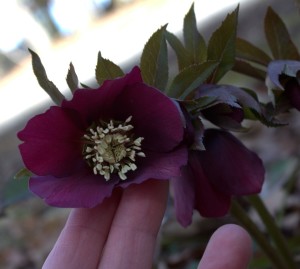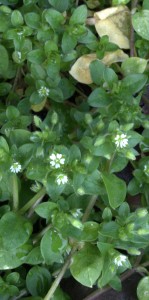Central Pennsylvania experienced record warmth for 3 days this past week. It’s not often we reach into the 70s in March so you know people were outside.
After a long winter the sun’s rays felt really good on my face. I just stood there soaking it in for a couple of moments before getting on with some winter cleanup in the yard. So many sticks to pick up!
Sure, now the tulip greens are pushing up and the daffodils are springing up, too.

A few white crocuses and these neat orange ones with dark purple veins made an appearance this week. I think the orange ones are attractive to squirrels or shrews. I’m not sure who’s been nibbling on them, but last year the orange ones disappeared quickly. Maybe they taste good or maybe they’re just an easy target as they don’t blend in well to their surroundings.

The hellebore is showing more than just the buds of her maroon flowers.

The downward-pointing blooms need a little lift for us to see their inner workings.
The hellebore has more greenery this year than last, despite the lack of fertilizer other than what Mother Nature could afford.
Besides these planted beauties, I did see a flowering bunch of chickweed over at the courthouse the other day.

Could have made off with a nice addition to a salad here, but since I don’t know how the lawns are kept in this public spot I decided a photo would suffice.

Common Chickweed, Stellaria media, is a common plant of waste places, roadsides, gardens and yards, and it’s edible.
Chickweeds in general appear to have 10 petals, but on closer inspection you’ll see there are actually 5 petals which are deeply cleft. Some look like hearts, others like bunny ears!
Besides that, common chickweed has paired leaves having long petioles (stems), its sepals are longer than its petals, and it has smooth leaves.
On Saturday, the 12th of March, we saw the first coltsfoot blooms of the season and that’s the earliest in the year I’ve ever seen them flowering. They were at the side of a two-lane country road closing up their heads for the night — as we passed by about dusk — but their bright yellow edges still were eye-catching.
(Photos taken 11 March 2016. Click on small images to see a larger view.)